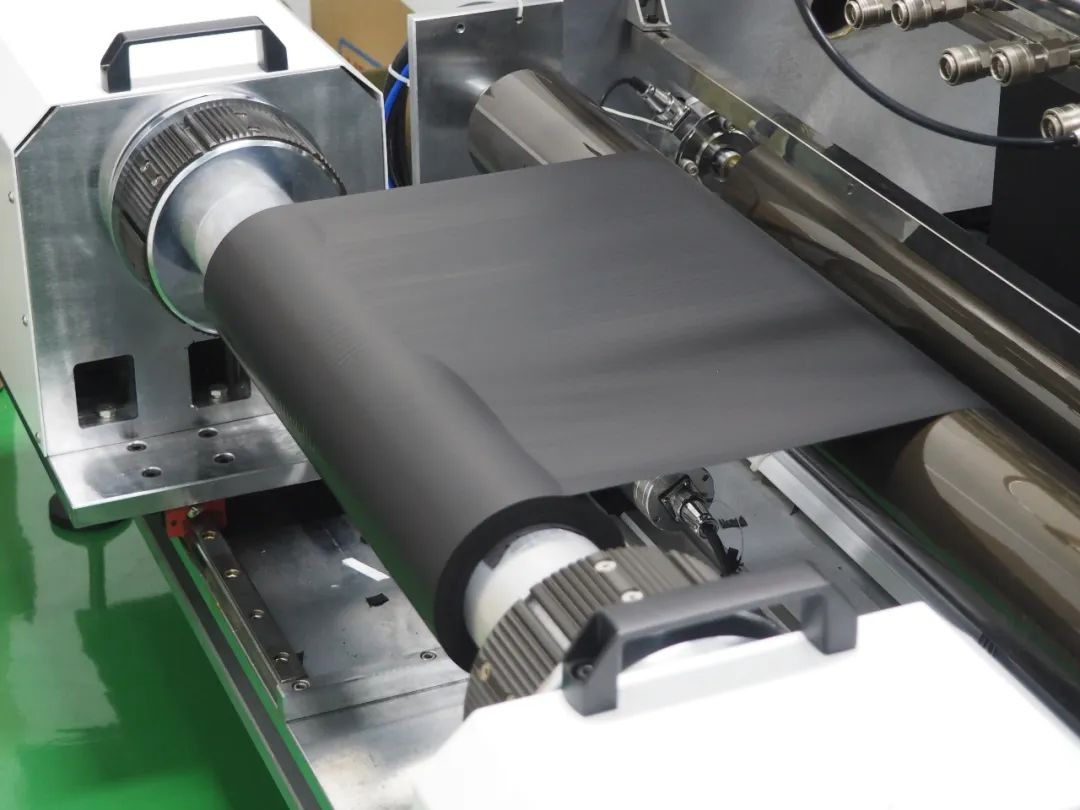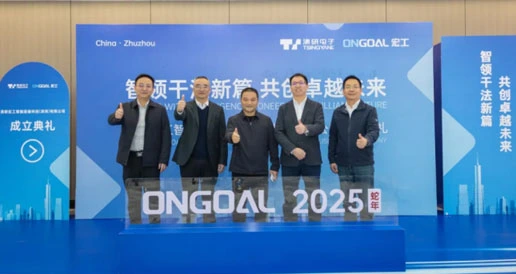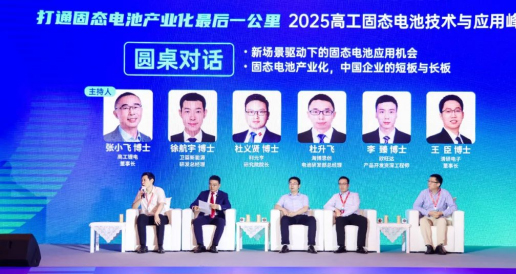Graphite is a vital yet often overlooked component in lithium-ion batteries, serving as the primary anode material that drives their conductivity, performance, and energy storage capacity. With recent export restrictions from major producers like China and growing concerns about potential global shortages as battery production scales, understanding graphite's function and the importance of sustainable sourcing is essential for the future of the battery industry. This blog explores graphite's properties, origins, role in lithium-ion batteries, and its significance in recycling, shedding light on its indispensable contribution to electrification.
Graphite, a naturally occurring crystalline form of carbon, is prized for its remarkable properties, including high electrical conductivity, heat resistance, and structural stability under extreme conditions. Its unique layered lattice structure allows electrons to move freely between layers, making it an ideal material for lithium-ion battery anodes. Beyond batteries, graphite's versatility extends to industries such as aerospace, automotive, electronics, and construction, where it serves as a lubricant, thermal and electrical conductor, and a component in refractory materials. This combination of properties positions graphite as a highly valued material across multiple applications, with its role in energy storage being particularly critical.
Graphite is primarily extracted from the Earth's crust in regions like China, Brazil, Madagascar, and India, which are among the leading global producers. It occurs in two main forms: flake graphite, derived from metamorphic rock and valued for its high purity and carbon content, and amorphous graphite, sourced from coal seams with lower purity and carbon content. In addition to natural graphite, synthetic graphite is manufactured by heating petroleum coke, a byproduct of petroleum refining, to create a material with properties that can be tailored for specific uses, including battery applications. Both natural and synthetic graphite play significant roles in meeting the growing demand for battery production.
In lithium-ion batteries, graphite serves as the anode, the negative terminal where critical electrochemical processes occur. Its layered structure enables lithium ions from the cathode to intercalate, or slide between the layers, during charging, effectively storing energy. When the battery discharges, these ions return to the cathode, releasing energy to power devices. Graphite's structural stability ensures the battery remains reliable through repeated charge and discharge cycles, contributing to a longer lifespan. Despite being lighter than other battery components like nickel or cobalt, graphite constitutes 10-20% of a battery's weight due to its extensive use in the anode, underscoring its importance in battery design and performance.
As the demand for lithium-ion batteries surges, recycling graphite and other valuable components has become increasingly vital to ensure a sustainable supply chain. Battery recyclers process a material known as black mass, a mixture of ground-up battery components that contains a significant portion of graphite, often accounting for 40-50% of its composition. This graphite gives black mass its characteristic dark color. By recovering and reusing graphite through recycling, the battery industry can reduce reliance on foreign suppliers and mitigate potential shortages, supporting a more sustainable and resilient supply of this critical material.
Graphite's unique properties and critical role as the anode material in lithium-ion batteries make it a cornerstone of the electrification movement. Its ability to store lithium ions, maintain stability, and contribute to battery performance is unmatched, yet challenges like export restrictions and supply concerns highlight the need for responsible sourcing and robust recycling efforts. As the world moves toward a sustainable future, advancing graphite recycling and exploring sustainable production methods will be key to supporting the growing battery industry.
 A Review of Lithium-ion Battery Electrode Drying
A Review of Lithium-ion Battery Electrode Drying
 TSINGYANE& ONGOAL : Unveil Joint Venture, Aiming for Leadership in Dry Electrode Equipment
TSINGYANE& ONGOAL : Unveil Joint Venture, Aiming for Leadership in Dry Electrode Equipment
 Discussing New Opportunities of Dry Electrode Technology in Solid-State Battery Industry – Dr. Wang Chen from Tsingyan Electronics Attends 2025 Gaogong Lithium Battery Summit
Discussing New Opportunities of Dry Electrode Technology in Solid-State Battery Industry – Dr. Wang Chen from Tsingyan Electronics Attends 2025 Gaogong Lithium Battery Summit